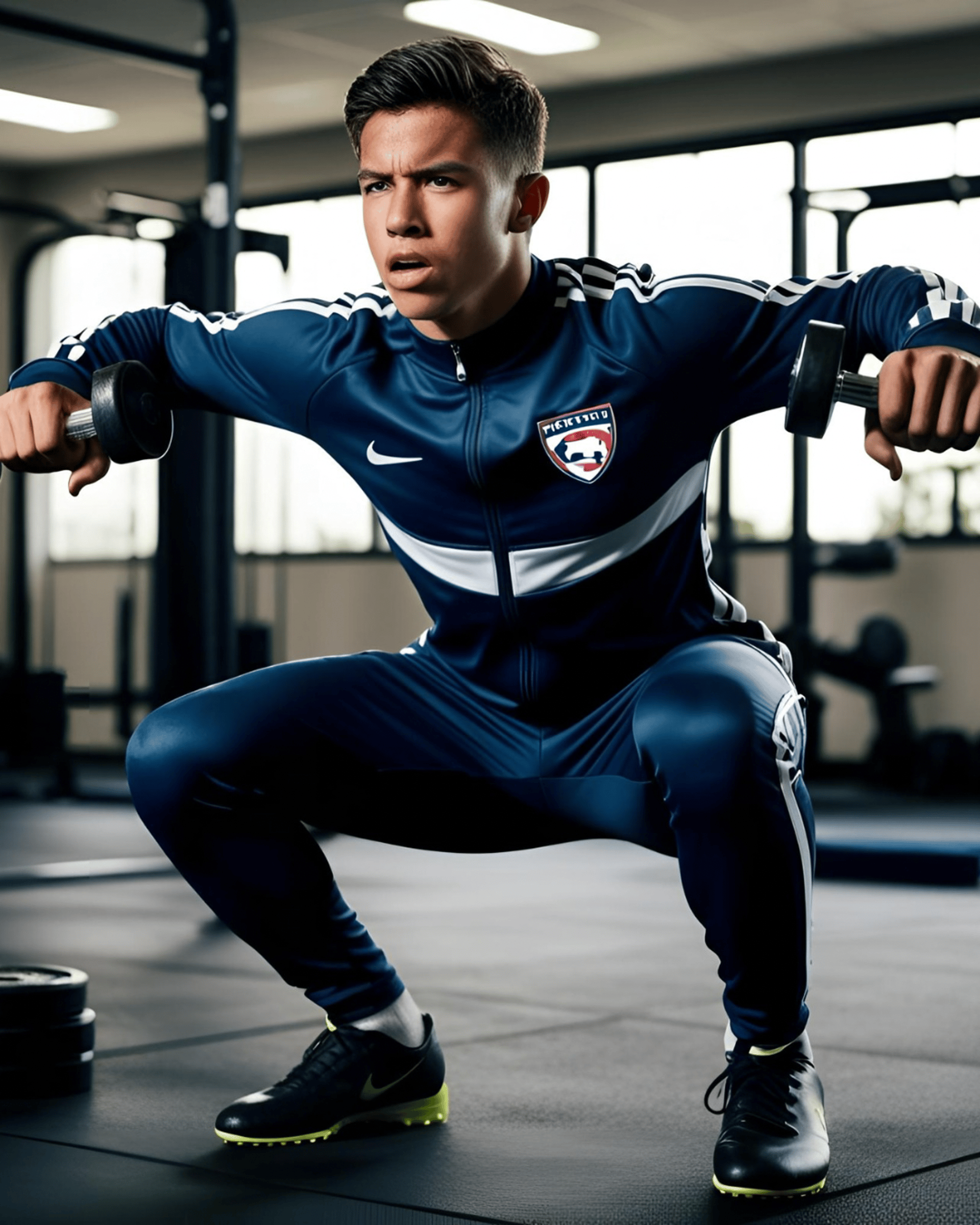
Increase Speed
Youth Player Guide
How Football Players Increase Speed
Increasing speed in football players involves a multifaceted approach that combines various training techniques, drills, and conditioning exercises. The goal is to enhance both stride rate and stride length, which are critical components of sprinting performance. Below is a detailed breakdown of how football players can effectively increase their speed.
1. Understanding Speed Components
To improve speed, athletes must focus on two primary components: stride rate and stride length.
Stride Rate: This refers to the frequency at which an athlete cycles their legs during a sprint. A higher stride rate means more steps taken in a given time frame, leading to faster speeds.
Stride Length: This is the distance covered with each step. Increasing stride length allows an athlete to cover more ground with fewer strides, contributing to overall speed.
By optimizing both stride rate and stride length, players can maximize their sprinting efficiency.
2. Strength Training
Strength training is essential for developing the muscle power needed for explosive speed. Key exercises include:
Squats: Build leg strength and power.
Deadlifts: Enhance posterior chain strength, crucial for sprinting.
Lunges: Improve balance and unilateral strength.
Incorporating resistance training into a player’s routine helps develop the necessary muscle fibers that contribute to faster running speeds.
3. Plyometric Exercises
Plyometrics are explosive movements that help improve power and speed. These exercises train muscles to exert maximum force in short intervals of time, enhancing overall athletic performance. Examples include:
Box Jumps: Develop explosive leg power.
Depth Jumps: Train reactive strength by jumping off a box and immediately jumping again upon landing.
Hurdle Hops: Improve quickness and agility through rapid vertical movements.
These drills not only increase speed but also enhance coordination and agility on the field.
4. Speed Drills
Specific drills designed to improve speed should be incorporated into training regimens:
Change of Direction Conditioning: This drill focuses on maintaining speed while changing direction, simulating game scenarios where quick cuts are necessary.
Mini Hurdle Change of Direction: Enhances footspeed and dynamic acceleration through lateral movement over hurdles.
Fast Arms Drill: Focuses on arm movement mechanics that contribute to increased stride rate during sprints.
These drills should be practiced consistently throughout the week rather than all at once to allow for recovery and adaptation.
5. Tactical Conditioning
Football requires not just raw speed but also the ability to apply it effectively during gameplay. Tactical conditioning involves practicing game-like scenarios where players can utilize their improved speed in context. This includes:
Running routes at full speed.
Practicing defensive maneuvers while maintaining quickness.
By integrating tactical elements into training sessions, players learn how to use their speed strategically during games.
6. Recovery and Nutrition
Proper recovery strategies are vital for maximizing performance gains from training sessions:
Adequate rest between workouts allows muscles to repair and grow stronger.
Nutrition plays a crucial role in recovery; athletes should focus on a balanced diet rich in proteins, carbohydrates, vitamins, and minerals to support muscle repair and energy replenishment.
Hydration is equally important as it affects overall performance levels during training sessions.
In conclusion, increasing speed in football players requires a comprehensive approach that incorporates strength training, plyometrics, specific drills focused on improving both stride rate and length, tactical conditioning practices, as well as proper recovery strategies. By focusing on these areas systematically over time, athletes can significantly enhance their speed on the field.
